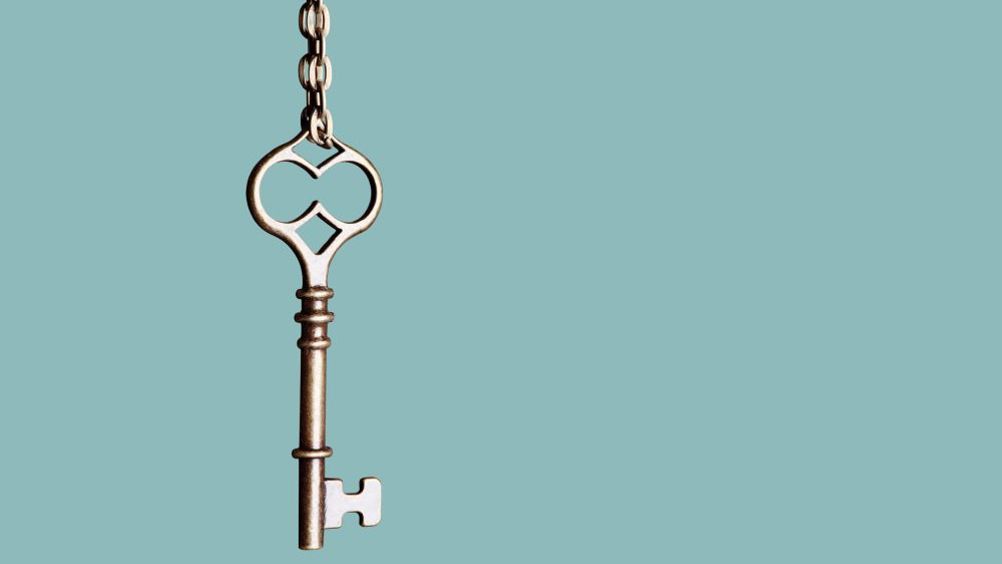Wound Care Alliance UK (WCAUK) has recently recruited over 5000 members and, as Chair, I am immensely proud of the charity, the trustees and our achievements. I promised the trustees something sparkly to celebrate and will bring the bottles and a celebration cake along to the annual conference, which is being held at Gloucester Rugby Club on Wednesday 10 May 2023. For more details visit the website (https://www.wcauk.org).
Meanwhile, the Wounds UK conference in Harrogate beckons – one of the annual conferences that I and some of the WCAUK trustees attend. As with all conferences, there is a chance to update knowledge and to network.
Attending conferences presents opportunities and also challenges: time, work commitments, co-ordinating childcare and travel can all prevent us attending. Following feedback from WCAUK members, we are launching a series of webinars in conjunction with MA Healthcare (this journal's publishers). These will be held on Monday 30 January, Tuesday 31 January, Wednesday 1 February and Thursday 2 February 2023. Please see the WCAUK advert in this supplement.
The National Wound Care Strategy Programme (NWCSP) has offered webinars this year that have focused on the development of wound product classification and supply and a review of distribution processes. A lower limb education curriculum consultation is also taking place. Finally, many of you will have heard of PURPOSE-T, described by the NWCSP as: ‘a new generation pressure ulcer risk assessment instrument’. To join future webinars or see the newsletter please visit the website (https://www.nationalwoundcarestrategy.net).
At the recent WCAUK conference in Nottingham, some delegates asked me about reporting pressure ulcers. As many of you are aware, there has been a move to implement the new national Pressure Ulcer Surveillance system using The Model Hospital System. Importantly, the focus is in line with recommendations to align with the first principle of the need to capture data already recorded in clinical practice. Currently this includes Hospital Episode Statistics (HES), which are based on data taken from patients' clinical records, and which lead to financial payments. HES have been published for many years, and are extracted from Commissioning Data Sets (CDS), submitted via the Secondary Uses Service (SUS) data. SUS data is an existing source of data that can be used to improve pressure ulcer data collection and reporting (Sandoz et al, 2021). If you have an NHS email account you can register (https://model.nhs.uk).
There remain many questions regarding the community setting and those outside the NHS. I have no doubt that you will all agree we need joined-up ways of working in the future.
There has been so much change recently, not least of Prime Ministers and Health Secretaries. Perhaps, like me, you think it is time to consider the future of the NHS without political control. My 40-year experience of the NHS leaves me thinking that there must be ways to do this well. Certainly we are in challenging times with an ageing population, inequality and of course this impacts on wound care delivery.
I hope that the things we learn from new advances and technologies will influence our knowledge of wound healing further. I think that some of the latest advances have the potential to be amazing and I am left hopeful and expectant for the future. A simple skin swab is currently being trialled to aid faster diagnosis of Parkinson's disease and new thoughts on how a vaccine could attack cancer have been reported (Whipple, 2022). Whereas research may develop cancer vaccines and treatments for other medical conditions, the delivery of evidence-based person-centred care remains absolutely essential.
I send you all best wishes for the rest of 2022 and I look forward to seeing you online or in person in 2023.


